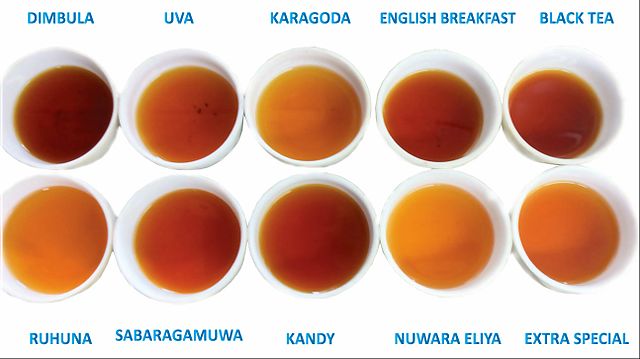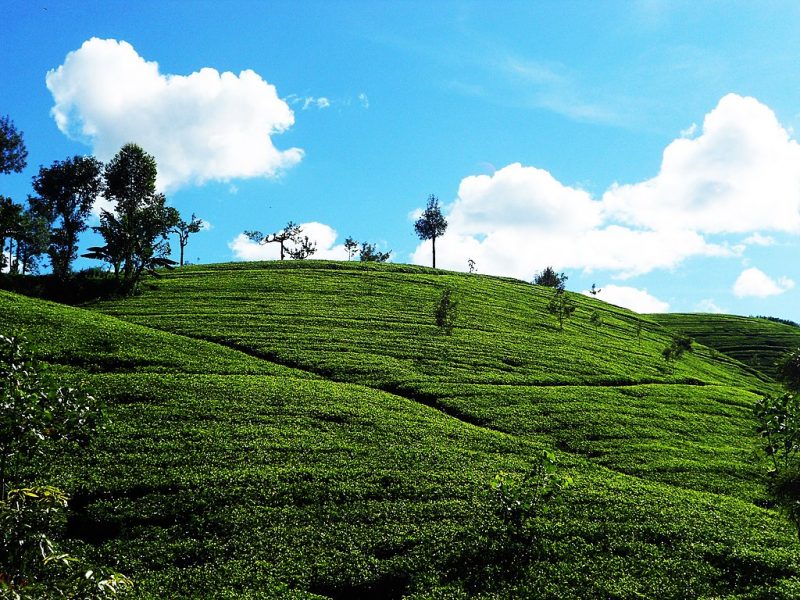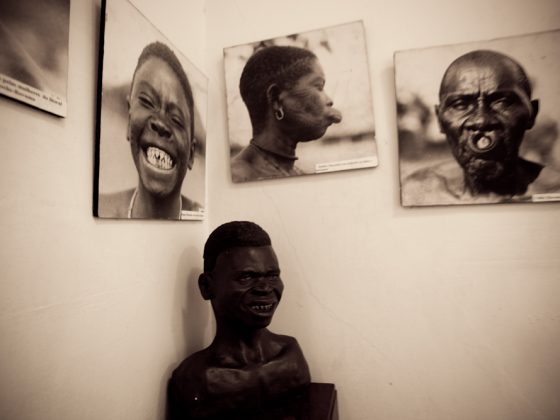Loved the world over, Ceylon Tea has gained a reputation for its rich aroma and refreshing flavour; find out more about this revitalising beverage produced in the island of Sri Lanka.

Janduaus, Pure Ceylon Single Estate Black Tea in Australia, CC BY-SA 4.0
Colonial Origins
Tea was introduced to Sri Lanka (then Ceylon) by the British in the 1800s; James Taylor began the country’s first tea plantation in Kandy. It became a commercial success and soon more were set up in areas like Nuwara Eliya; today, some of the best hotels in Nuwara Eliya and Kandy can be found amidst such plantations.
Where Tea is Grown
The Central Province home to Kandy and Nuwara Eliya enjoys high elevations amidst the mountains ideal for tea cultivation. These areas are scenic too and hotels like Heritance Tea Factory let you even stay in a converted factory! You also get plantations in the Uva, Southern and Sabaragamuwa provinces each offering distinctively flavoured teas.
The Art of Plucking
One of the key elements of Ceylon Tea is the way it is plucked; no machinery is used as it will compromise the quality of the tea and instead, women carefully hand pluck the leaves. The technique involves plucking two leaves and a bud and each individual collects at least 15kg daily!
Various Types of Teas
Ceylon Black Tea is the main variety that is produced and can vary in colour, strength and flavour depending on where it’s grown. Completely handmade, Ceylon White Tea (or “silver tips”) is a rare and expensive variety, while Ceylon Green Tea is also produced, both known for their health benefits too.











